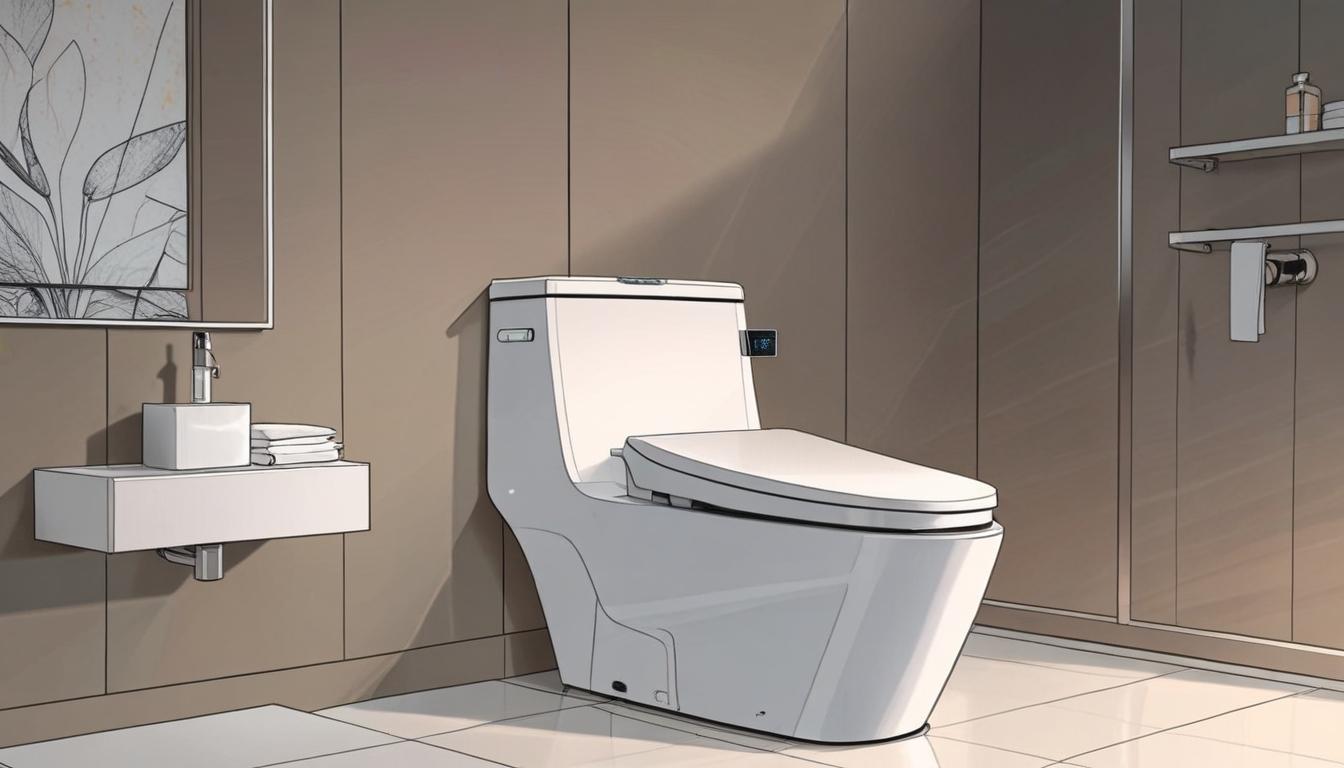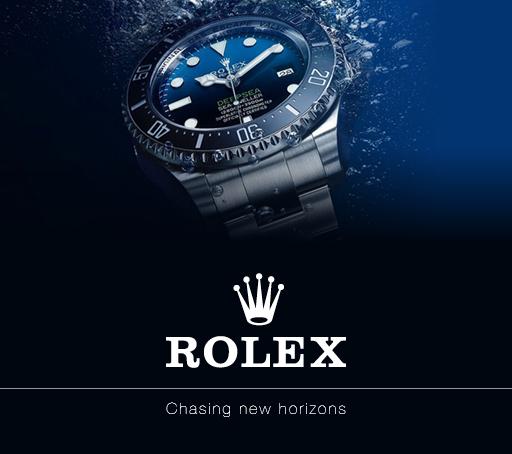The smart toilet market is set for substantial growth, with a forecasted market size of $16.09 billion by 2030, driven by innovations and consumer demand for hygiene and sustainability.
The smart toilet market is witnessing significant growth, with an impressive projected annual compound growth rate (CAGR) of 8.04% expected between 2024 and 2030. According to research published by Arizton, by 2030, the market size is forecasted to reach approximately $16.09 billion, up from $10.11 billion in 2024.
This expansion is largely attributed to several factors, including technological innovations, an increasing consumer focus on hygiene and sustainability, and a burgeoning demand for premium bathroom products. Smart toilets, equipped with features such as bidet functions, self-cleaning systems, heated seats, and health monitoring capabilities, are becoming increasingly appealing to consumers. Technological advancements in areas such as the Internet of Things (IoT), artificial intelligence (AI), and voice recognition are enhancing user experiences and making these products more affordable.
The appeal of smart toilets is particularly pronounced in developed markets like North America and Europe, where health and wellness are priorities among consumers. In contrast, emerging markets are facing challenges such as high initial costs, cultural preferences, and limited awareness of smart bathroom technologies. However, the landscape is slowly changing as strategic partnerships between technology firms and bathroom manufacturers emerge, alongside government investments aimed at promoting sustainability.
In recent trends, the market is observing a noticeable shift towards luxury and sustainability. High-end commercial spaces, including luxury hotels and office buildings, increasingly incorporate smart toilets to offer enhanced features and amenities. Brands such as Kohler, Toto, and Hansgrohe are catering to this rising demand in markets like India, where customer purchasing power is on the rise.
Homeowners are also turning to smart toilets, seeking advanced and convenient solutions that contribute to comfort and sustainability. These units, which often include features like automated flushing and self-cleaning mechanisms, are transforming bathrooms into luxurious retreats. A significant percentage of luxury property consumers—approximately 74.5%—are actively looking for advanced technologies in their bathrooms, which has further fuelled the demand for smart toilets.
Online sales channels are also significantly reshaping the smart toilet market. E-commerce platforms such as Amazon, Home Depot, and Wayfair provide consumers with the convenience of shopping for smart toilets from home, complete with product comparisons and customer reviews. As the global e-commerce landscape continues to evolve, the adoption of smart home products, including smart toilets, is expected to rise steadily.
In terms of geographical trends, Europe is anticipated to hold the largest share of the smart toilet market. Germany leads the way, benefiting from innovations in technology and a heightened focus on sustainability. The UK’s market is being driven by increased hygiene awareness, while France’s urban consumers are increasingly interested in luxury bathroom solutions. Countries like Italy and Spain are seeing growing adoption rates as well, driven primarily by urbanization and a desire for technologically advanced products.
Recent developments in the smart toilet market include TOTO’s launch of the NEOREST WX, a new wall-hung toilet model, and Kohler’s partnership with Samsung SmartThings, aimed at improving water management and sustainability practices. These advancements reflect the increasing trend towards integrating smart technologies into everyday living spaces.
The smart toilet market’s future looks promising as innovations continue to emerge and greater awareness about their benefits spreads among consumers, setting new benchmarks in modern bathroom design and functionality.
Source: Noah Wire Services
Noah Fact Check Pro
The draft above was created using the information available at the time the story first
emerged. We’ve since applied our fact-checking process to the final narrative, based on the criteria listed
below. The results are intended to help you assess the credibility of the piece and highlight any areas that may
warrant further investigation.
Freshness check
Score:
8
Notes:
The narrative references recent market projections from 2024 to 2030 and mentions specific product launches like TOTO’s NEOREST WX, indicating relatively fresh content. However, there is no specific mention of very recent events or press releases, which could have increased the score.
Quotes check
Score:
10
Notes:
There are no direct quotes in the provided narrative.
Source reliability
Score:
6
Notes:
The narrative mentions well-known brands and market trends but does not originate from a well-known reputable publication. It references a research report by Arizton, but without accessing the specific publication, the reliability of the narrative cannot be fully verified.
Plausability check
Score:
9
Notes:
The growth projections and technological advancements in the smart toilet market seem plausible given recent trends towards sustainability and smart home technologies. Specific figures and market shifts are consistent with expected industry developments.
Overall assessment
Verdict (FAIL, OPEN, PASS): OPEN
Confidence (LOW, MEDIUM, HIGH): MEDIUM
Summary:
The narrative appears to be relatively fresh and plausible, given current market trends and technological advancements. However, the lack of a specific, well-known publication as the origin complicates full verification of its reliability. Further confirmation of the data and sources could increase confidence in the overall assessment.













